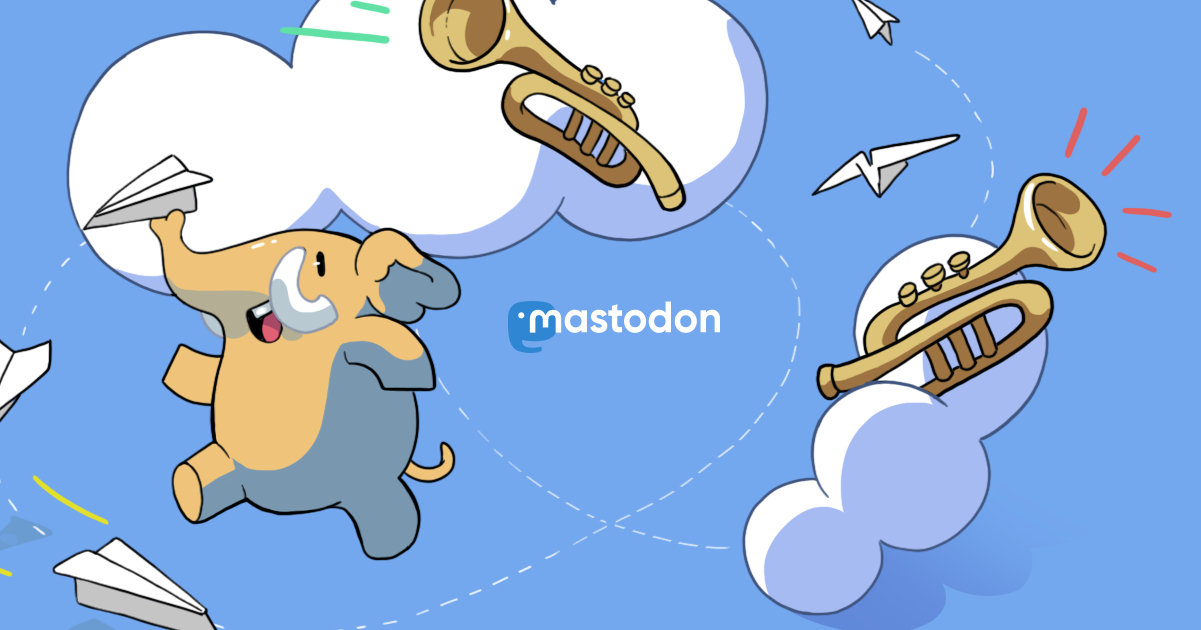Yesterday's lawsuits against Generative AI companies like Stable Diffusion and Midjourney were mostly dismissed, and I generally agree with that. There is one case still ongoing between Sarah Andersen and StabilityAI that I expect Sarah to lose on the grounds that her accusation isn't sound (her artwork isn't actually stored in the model).
But I am disappointed that they ruled that copying styles isn't infringement unless it is an exact copy of a work. I feel like this isn't a nuanced ruling...
I agree that some degree of mimicry isn't infringement - fair use includes some degree of derivation - but I really don't think that training and using a model to deliberately imitate another artist's work represents fair use, especially if it can be found to harm the artist.
The line shouldn't be drawn at "is it an exact copy?", it should be drawn at "would it confuse a reasonable person into thinking this was original art by another artist?".
Small correction: Stable Diffusion has 2.3B 256x256 images, and 170M 512x512 images that it is trained on.
But still, that comes out to less than one byte of model data per image in the training set. There's literally no way to argue that a 256x256 image got compressed down to less than a byte.
